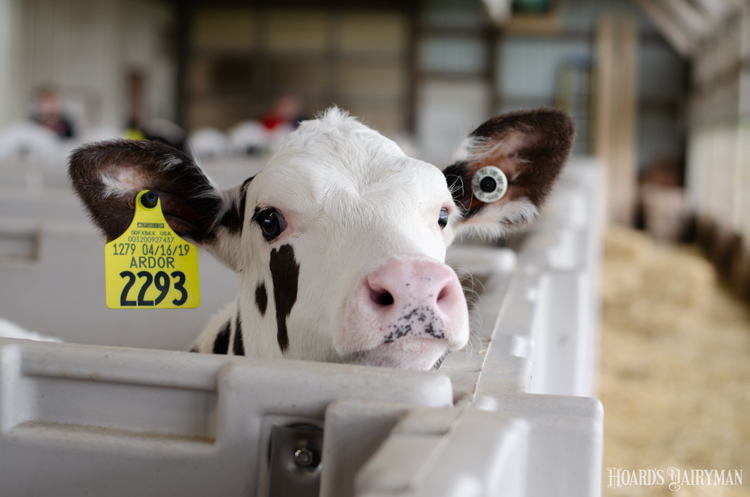
The lungs are an indicator organ, according to veterinarian Terri Ollivett. When there are breakdowns in the calf rearing process, for instance, damage can show up in the lungs in the form of subclinical pneumonia.
When sick calves don’t show clinical signs, it is really difficult for animal caretakers to make treatment decisions early enough to benefit the calf. That is why Ollivett, an associate professor at the University of Wisconsin-Madison School of Veterinary Medicine, is a proponent of lung ultrasound. She shared details about the tool during the February Hoard’s Dairyman webinar.
Many questions can be answered on farms that use ultrasound as a tool to identify and track bovine respiratory disease (BRD), Ollivett said. For starters, ultrasound can identify new cases of BRD in calves that are not showing symptoms. It can also help farms get a grasp on prevalence of disease by seeing how many calves are affected.
Routine scanning can reveal at what age calves are getting sick with BRD. It is also a way to evaluate the efficacy of treatment protocols and the proficiency of the people caring for the calves.
Ollivett acknowledged it can be overwhelming to begin ultrasounding calves’ lungs if it has not been done on the farm before, so she offered an approach of performing lung scans at four strategic points to help farms get started.
- Scan weaning age calves to determine what percentage of calves have pneumonia at the start of weaning. The goal is less than 15%, Ollivett said.
- Scan calves at the start of treatment for BRD. If too many calves have high lung scores at the start of treatment, they are not getting treated soon enough. On the flip side, if too many calves with normal lungs are getting treated, then there could be overtreatment taking place or another disease that is infecting calves.
- Scan calves seven to 10 days after treatment to see if the current protocols are working.
- Scan calves using the 12 x 7 model. Ollivett explained that this means scanning groups of 12 calves at seven-day intervals, at 7 days old, 14 days old, and so on. The purpose is to identify when respiratory disease starts on the farm.
The ultimate goal is to wean clean, Ollivett said. “If calves don’t get to weaning with clean lungs, we failed them twice,” she stated. We either let them get pneumonia, didn’t find it, and didn’t treat it, or we let them get pneumonia, found it and treated it, but didn’t cure it.
To learn more, watch the February Hoard’s Dairyman webinar, “Using lung ultrasound as a management tool.” The sponsor for the webinar was Agri-Plastics.








